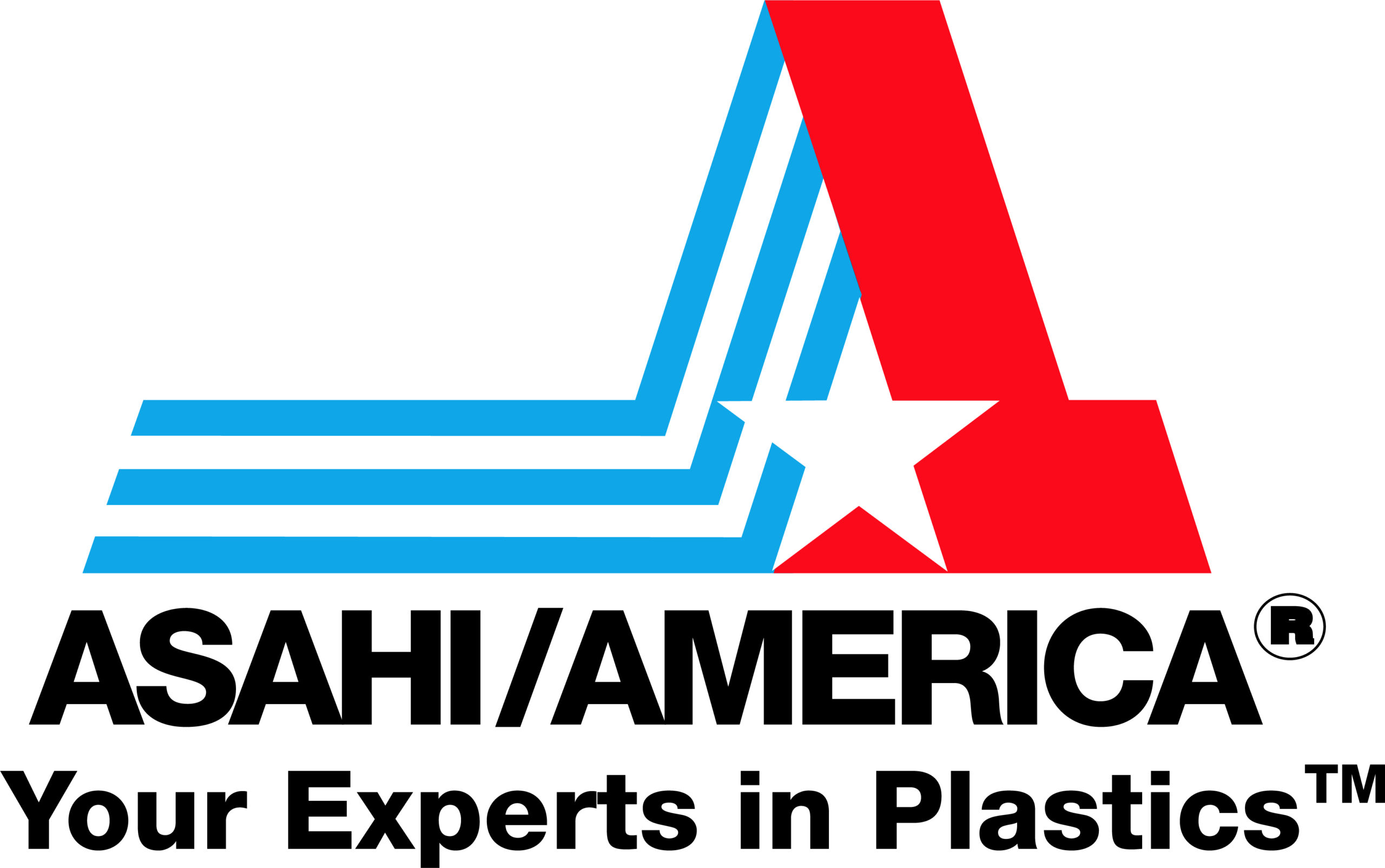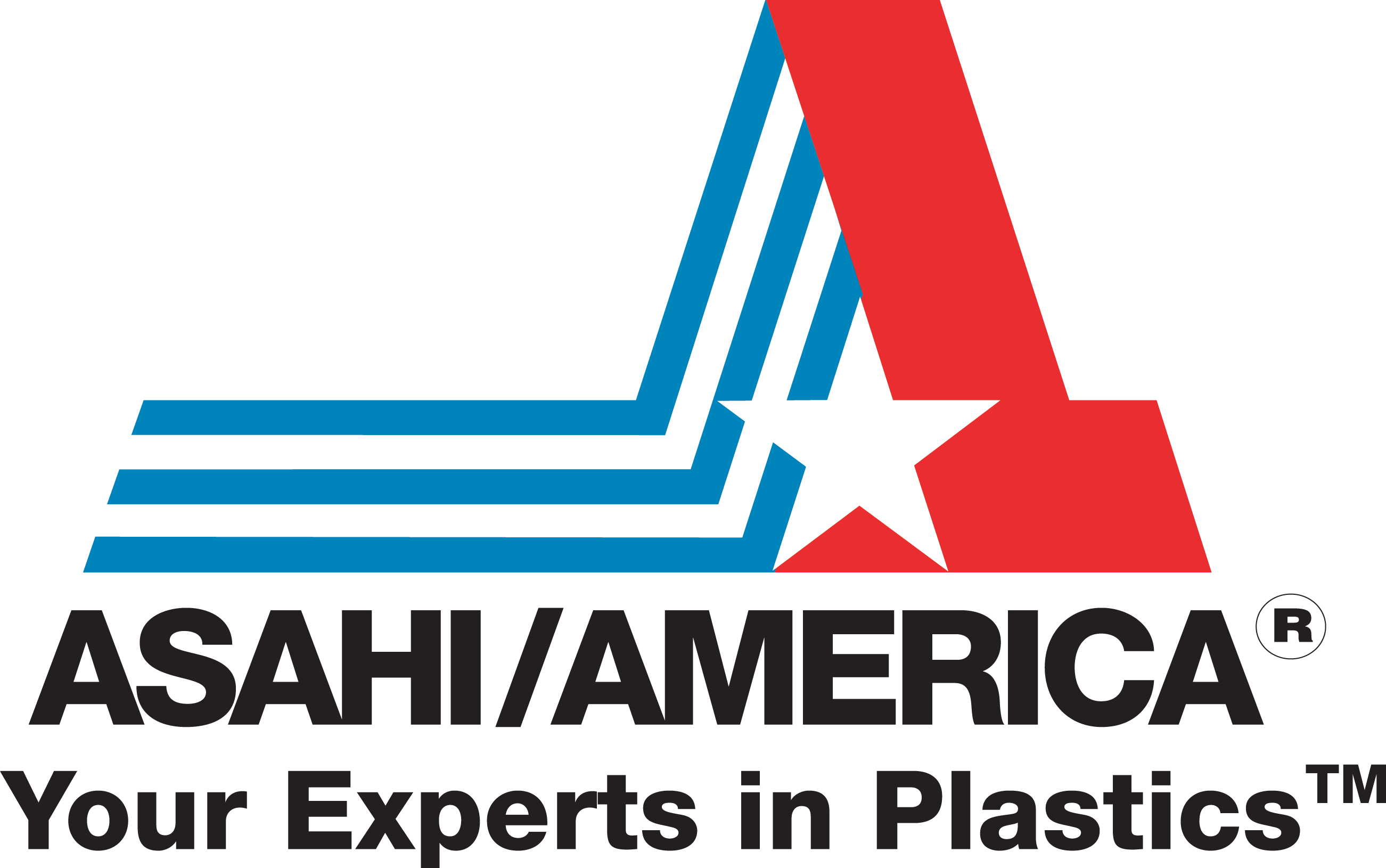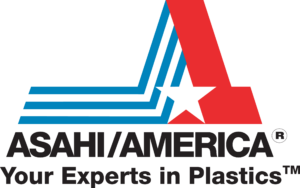

May 1, 2021
Inner Circle
Navigating the Thermoplastics Maze: We Can Help
Contributed by Rob Marsiglia, Business Development Manager, Commercial Products
Thermoplastic resins are in constant development to enhance specific characteristics that may offer value for a myriad of applications. With so many thermoplastic piping materials offered today for applications ranging from potable water to hot sulfuric acid, it’s not always clear which are best suited for particular applications. Temperature, pressure, support spacing, chemical resistance, regulation and code conformance all come into play, and must be considered.
Fortunately, there are many tools that can help MEP designers determine the proper sizing, flow rate, materials and methods of construction for the myriad plastic pipes available.
Building information modeling (BIM), CAD and Revitt files are available on many manufacturers’ websites. These provide quick access to important dimensional information giving the designer the ability to place them directly into system schematics. Highly accurate drawings can be produced of various facility locations showing the placement of all process and building services piping. Most importantly, obstructions and interference can be seen and rectified, without expensive modeling, or worse, in-field corrections.
Plastic piping manufacturers are also working within regulatory standards such as ASME, to develop industry guidelines for non-metallic (NM) piping. Asahi/America is involved in the B31.3, B31.9 and NM committees.
When working with building services (water and water/glycol blends), quick on-line Hazen and Williams calculators are available to the designer. Hazen & Williams (H&W) factors are typically used with water and water solutions at relatively low temperatures. Darcy Weisbach formulae are used when other fluids are in play, and with elevated operating temperatures and process pressures. For most building services applications appropriate to thermoplastics, the H&W formula suffices. Most flow, velocity and pressure loss charts published for steel, copper and plastic piping are based on H&W calculations. However, these are based on “new” H&W factors. Metallic piping systems’ H&W factors decrease over time. The use of the H&W formula allows engineers to compare the appropriate thermoplastic piping materials (which have very high H&W factors, that are consistent over their entire service life) to the performance of the degradation of the metal piping over time. That is, the metallic piping system with a reduced H&W factor due to in-service aging. The on-line calculators will provide the designer with the appropriate information (flow rate, pressure drop, velocity) to compare a thermoplastic piping system to the real-life performance of a metal system.
Thermoplastic piping systems can offer many benefits for users, but there are properties that need to be addressed. One design criterion that must always be considered when utilizing plastic piping materials is expansion and contraction. Asahi/America’s expansion calculator helps determine if the system operating parameters require expansion/contraction control. If so, expansion legs, loops and offsets are calculated for the given pipe material, size and SDR wall thickness. Each plastic material performs differently, and Asahi offers expertise in a range of materials, including PE, PP-R, PP-RCT, PVDF and ECTFE.
There are several ways to control thermoplastic expansion. Product characteristics such as Fibercore™ in PP-RCT significantly reduce pipe movement by 75%. Constrained design for certain systems is another way of controlling pipe movement in a straightforward way. Mechanical options like expansion joints should be avoided for most applications as they have seals that may wear faster than desired. Bellows may offer temporary relief, but will create low points and potential flow restrictions along the accordion.
Once the details of the system have been determined, e.g., pipe material, SDR wall thickness, methods of joining; a proper specification needs to be written to ensure the client receives a system that meets all the process requirements.
How to do this with so many manufacturers and products to analyze on the market today?
It may be beneficial to have third-party assurance that your firm’s specifications conform to current standards with accurate information regarding manufacturers, materials, methods and processes. One of these is MasterSpec®.
MasterSpec® is used by architectural and engineering firms across a broad range of construction and design branches and disciplines.
MasterSpec® is the premier provider of this type of service. They offer the most current specification formats and include top manufacturers and state-of-the-art materials and processes. Their staff reviews and qualifies the products and services offered prior to incorporating them into the appropriate specification. For the design firm, this translates to a very high level of confidence in the quality of their specifications, which means high-quality products for their clients. In the end, the clients’ satisfaction is primary and premium.
For Asahi/America, the same philosophy holds true. Asahi’s position in the marketplace is not just as a supplier of thermoplastic pipe, valves and fittings, but as a provider of application, product, and material expertise. Advanced materials for essential and critical services are what we consistently strive to provide for our customers and design partners.
Asahitec™ PP-RCT is an example of this mindset. PP-RCT is the most advanced polypropylene to date. It is a random co-polymer, and the polymerization process enhances its crystallinity and high temperature performance. This makes it ideally suited to domestic plumbing, hydronic and building services piping applications – particularly hot water recirculation and heating loops. It offers end users many benefits over metallic systems in those applications.
Asahitec™ PP-RCT has a Product MasterSpec® – Basis of Design – in MasterSpec’s® hydronic piping specification section 232113.
Asahi/America views this Product MasterSpec® as an opportunity to educate the facilities and process design community to a thermoplastic product advancement that improves system performance, longevity, and environmental impact.
By the way, if you have a challenging installation, inquire about Asahi’s testing facility or trial spool installation programs. Put our expertise to work for you and utilize our decades of chemical compatibility studies, application stories, and our customers’ successes and failures to ensure your project continues to perform at the level you demand.
EDITOR’S NOTICE: Please note, the information in this article is for educational purposes only and does not supersede any Asahi/America technical information or product specifications. Please consult Asahi/America’s technical department at 1-800-343-3618 or [email protected] on all product applications in regards to material selection based on the pressure, temperature, environmental factors, chemical, media, application, and more.

